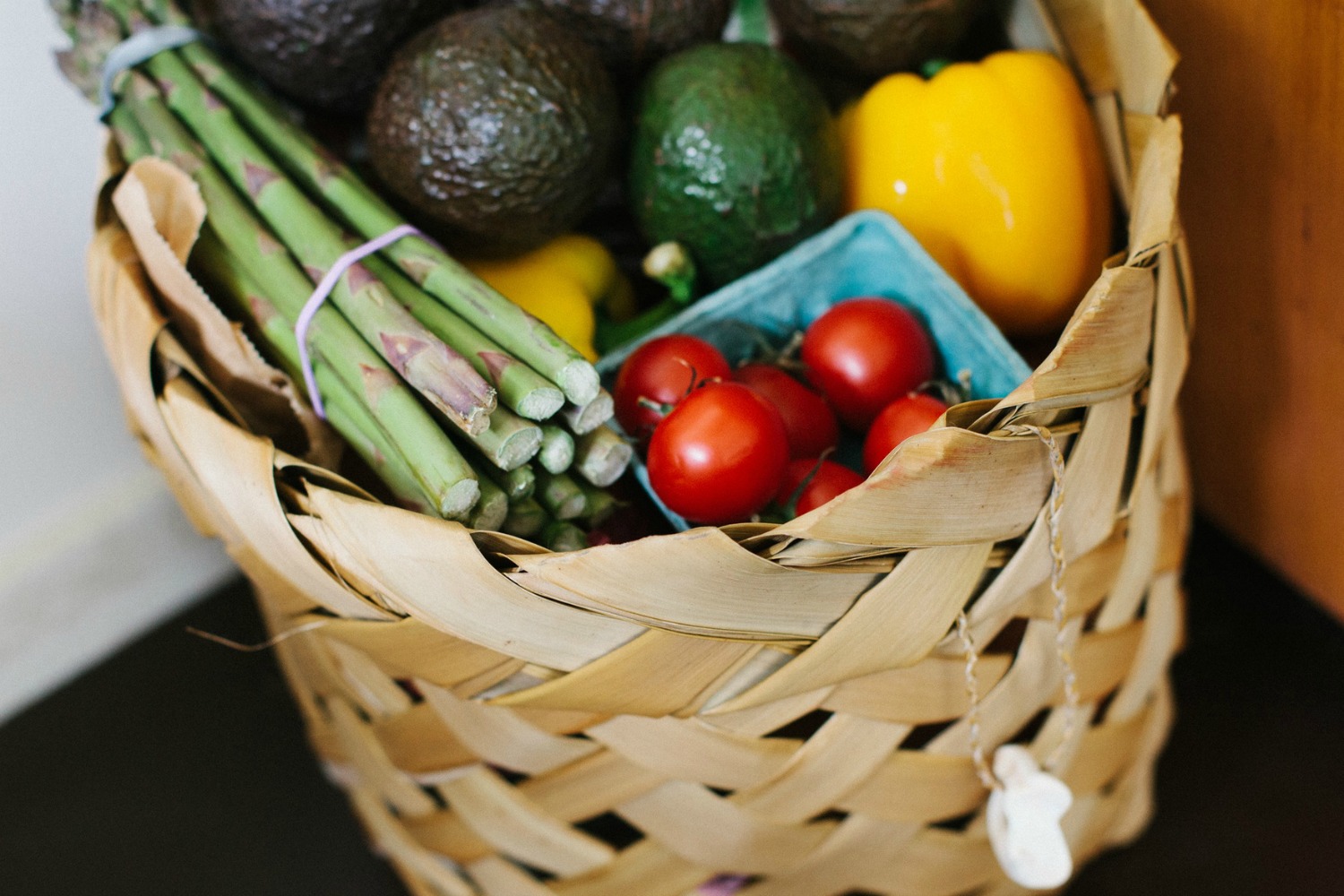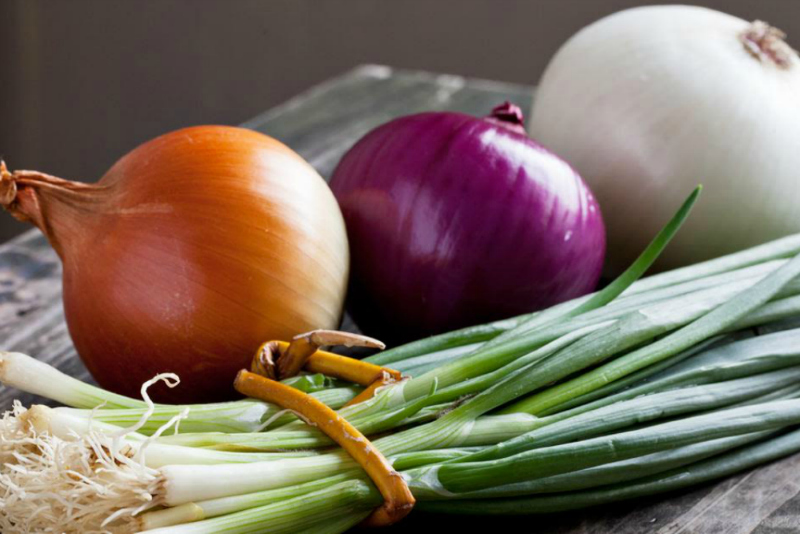Prebiotic fibre and wellbeing
What is fibre?
How many times have you heard that a high fibre diet is good for you? We’re all so familiar with this advice that we barely think about it anymore. However, there are lots of preconceptions and conflicting opinions about the best kinds of fibre, and how fibre really impacts on our health. So, is fibre as important as we think, and how does it really impact our health and wellbeing?
We're exploring the world of fibre in this blog—what it is, why it's good for you, what the best kinds of fibre are and how you can get it.
Dietary fibre
Dietary fibre falls into two broad categories—soluble fibre, which dissolves in water and is found mainly in plant cells, and insoluble fibre, which is found in plant cell walls and is not water-soluble.
But the fibre story doesn't end there.
The fibre fact file
There is some contention in natural food circles about whether the recommended high fibre diet is actually beneficial. One recent book, Fiber Menace, by Konstantin Monastyrsky, claims that certain major health problems can develop as a result of consuming a diet high in grains, vegetables, fruits, legumes and fiber supplements. The author attributes this type of high fibre diet to conditions including hernias, hemorrhoidal disease, constipation, malnourishment, irritable bowel syndrome and Crohn’s disease.
In addition, the Weston A Price Foundation (WAPF) has highlighted studies undertaken in Africa by Dr Denis Burkett—a British physician who attributed the robust bowel health and absence of bowel disease in his study subjects to the high amount of soluble and insoluble fibre in the native African Diet.
While acknowledging that this diet may be part of the explanation for good bowel health in the test subjects, the WAPF also adds that
‘high amounts of fermented foods (which contribute to beneficial flora in the intestines), use of bitter vegetables and herbs (which stimulate the bile and therefore aid in the digestion of fats) and liberal consumption of foods rich in vitamin D (vitamin D is very important for the health of the colon) are also likely factors in bowel health.’
Traditional food preparation methods in Africa often involve soaking and fermenting—another likely contributor to good bowel health. Without correct preparation, high fibre foods can actually irritate and damage the small intestine, leading to poor absorption.
A holistic approach
The best approach for achieving optimal bowel health therefore seems to be a more holistic one, in which proper preparation of high fibre foods, and other lifestyle factors, including exercise, are key factors.
Resistant starch
While not traditionally thought of as a type of fibre, resistant starch is a component of starchy foods that has a critical role to play in any high fibre diet.
Resistant starch takes three forms:
- Type 1 RS is indigestible starch that is locked within the cell walls of plants—such as grains, legumes and seeds.
- Type 2 RS is high in amylose, and only digestible when cooked—for example, potatoes, green bananas and green plantains.
- Type 3 RS starch forms after Type 1 and 2 resistant starch is cooked and cooled—such as cold cooked potatoes and legumes.
As the name suggests, resistant starch resists digestion in the small intestine, meaning that it arrives in the large intestine intact. Here, it is fermented by the body’s intestinal bacteria, and transformed into short chain fatty acids that can be readily absorbed into the bloodstream.
Fermentable insoluble fibre, such as resistant starch, creates many of the same benefits in the large intestine as soluble fibre. Foods containing resistant starch can make you feel fuller for longer, boost your metabolism and can decrease glycemic response and increase insulin sensitivity in people managing diabetes. Some studies also suggest that consuming resistant starch can contribute to improved brain, kidney, digestive and eye health.
And, because resistant starch effectively ‘feeds’ bacteria in the large intestine, it stimulates the growth of beneficial bacteria, thereby helping to maintain a healthy microbial balance in the gut that is now understood to be essential to our body’s health and wellbeing.
That sounds great, right? But why is gut bacteria so important?
We are not alone
The trillions of microbes that live in and on our bodies are thought to comprise up to 90% of our cells. This microbial profile contains so much of our genetic information that it is known as ‘the second genome’, or ‘human microbiome’.
The microbiome is not just a source of our genetic diversity, but is critical to our health and wellbeing. It is an essential component of our immune system, it influences our metabolism and it affects our ability to resist disease. When our microbiome is out of balance, we can become more susceptible to a range of disorders, including obesity, infections and chronic disease.
But the good news is that, unlike our inherited genetic profile, the human microbiome can be influenced, to our benefit, by what we eat and what we do.
So how do we actually do this? Quite simply,
by eating a diet high in the foods that your microbes love—namely, fibre and resistant starch.
Prebiotics—the fibre you didn't know you needed
During the 1990s, researchers discovered that certain types of soluble fibre, such as inulin, oligofrustose and fructo-oligosaccharide (FOS), had a remarkable effect on the bacterial environment of the large intestine—beyond fibre’s usual job of maintaining regular, healthy bowel movements. In effect, this fibre had the ability to beneficially alter the bacterial mix in the lower gut. These types of fibre became known as prebiotics.
Prebiotic fibre is present in a range of foods including onions, garlic, bananas, Jerusalem artichokes and whole grains. The benefits of prebiotic fibre are thought to include,
- strengthening the intestinal wall
- improving mineral absorption, and
- supporting the production of hormones that affect appetite and mood.
So, what are the best sources of fibre?
While there are many prebiotic supplements available on the market, a diet that is high in lightly cooked, raw and fermented vegetables, fruits and nuts, along with a few properly prepared wholegrains, will provide excellent sources of soluble, insoluble and prebiotic dietary fibre.
Choose fresh, locally grown organic vegetables and fruits wherever possible, and be sure to source high quality wholefood products from a reputable supplier.
Ensuring that you include an abundance of carefully prepared, fresh vegetables and wholefoods in your diet and avoiding highly processed, nutrient-poor food, is the best gift that you can give to your body, and your many trillions of microbes!

A note about grains
The phrase ‘high fibre diet’ often conjures up images of bowls filled to the brim with breakfast cereal, piles of grains and slices of wholegrain bread. But grains—which are the seeds of domesticated grasses—are designed specifically to not break down during the process of digestion, but to pass through an animal’s digestive tract unharmed and germinate naturally in the soil.
In addition, grains contain phytic acid—a substance present in the bran of all grains that inhibits mineral absorption in the body. Adding to this is the fact that modern agriculture and food processing techniques have created grain-based foods that are dramatically altered from their original form, often lacking in nutrients and burdened with added salt, sugar and other nasties.
Unless they are properly prepared, even good quality wholegrains can contribute to digestive and intestinal problems.
Traditional preparation techniques, including sprouting, soaking or fermenting grains before consumption, begins the process of digestion and neutralizes phytic acid, making grains easier to digest and enabling the body to access nutrients more easily.
For your good health…
GPA Wholefoods offers a selection of tasty and highly nutritious products that can be easily incorporated into your diet to increase your fibre and prebiotic intake:
- Lepicol is a brand new addition to the GPA product range. This multi-fibre source product is a three-in-one combination of a gentle psyllium husk fibre supplement, live bacterial cultures, and inulin. Lepicol is high in fibre, contributes to the maintenance of healthy bowel transit and supports intestinal health by promoting a positive microbial balance in the gut.
The main fibre source within Lepicol is psyllium husk, which is water retentive and forms a gel when added to water. Psyllium husk is helpful in normalising stool size and aiding evacuation through the lower digestive tract. Psyllium husk is also much gentler to the bowel than other fibre supplements, which contain potentially irritating wheat or bran.
Lepicol can be added to water or juice, or taken in smoothies, mixed with breakfast cereals or yoghurt and fruit.
- Otto’s Naturals cassava flour Cassava (or yucca) is a delicious root vegetable that is high in prebiotic fibre. Whole cassava root is dried and ground to create this delicious grain-free, gluten-free, nut-free flour, that has the texture and taste of wheat flour.
- Monica’s paleo flour Created by renowned gluten-free chef Monica Topliss, this blend of grain-free and gluten-free flours is made using organic and natural ingredients, including nutritious flax, sesame meal and Australian green banana flour, which is rich in R2 resistant starch.
- Monica’s wholefood pizza base mix This hearty, flavoursome base is gluten, grain, dairy and nut-free—and has the added bonus of enabling you to make delicious healthy pizzas in a matter of minutes.
- Monica’s wholefood wrap mix Use this highly nutritious mix to make light, flexible wholesome gluten-free wraps, and regain your love of lunch!
To find out more about these products and our range of nourishing fermented vegetables, activated nuts and seeds, nutrients, traditional fats and oils and other wholefood pantry click the our products tab in the menu at the top of this page.
In health and happiness,
Katrina






